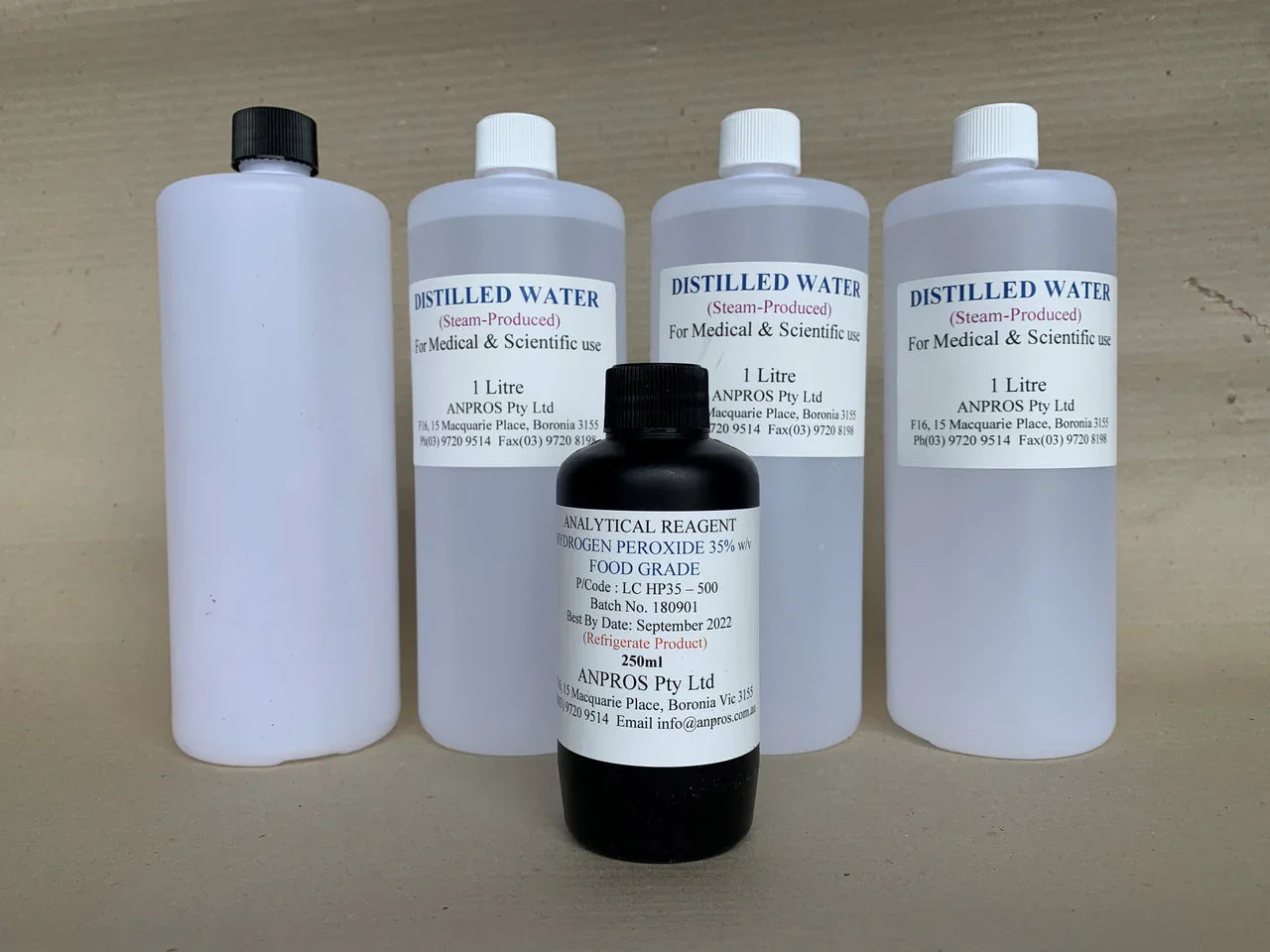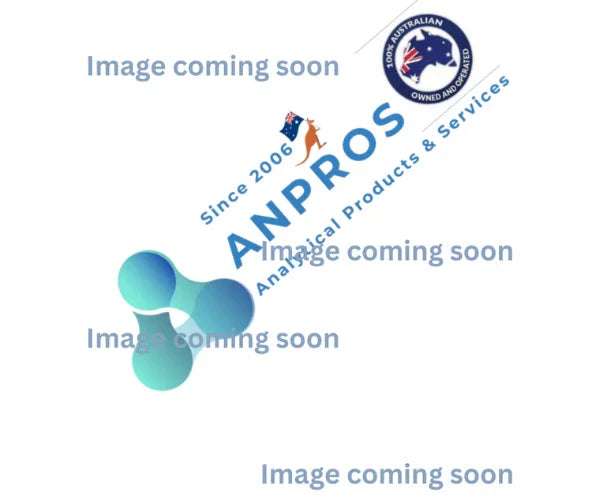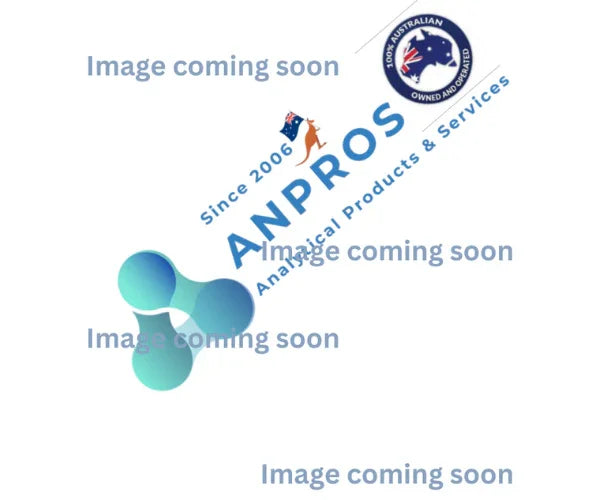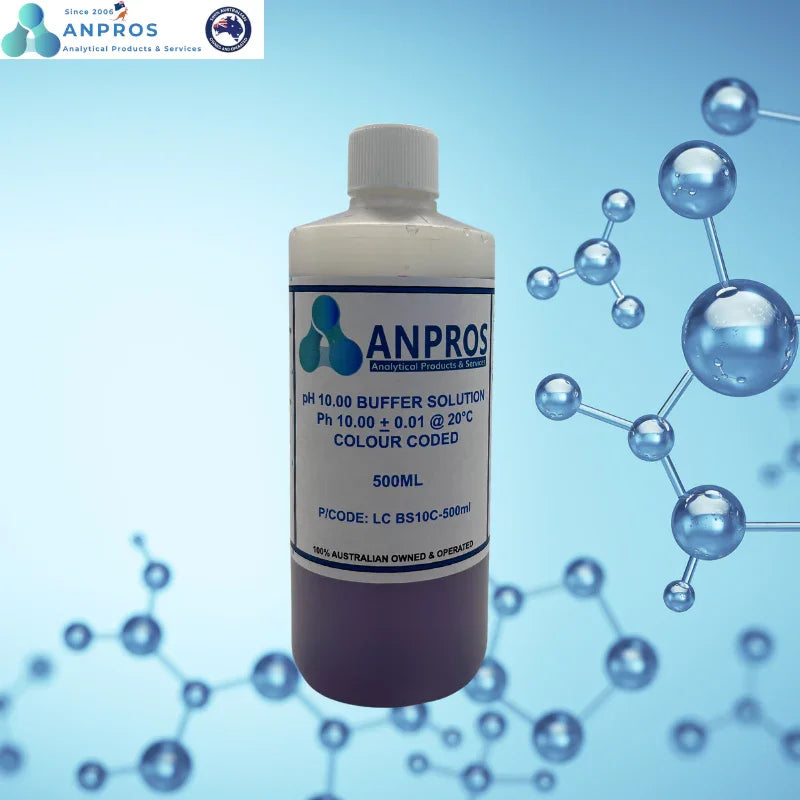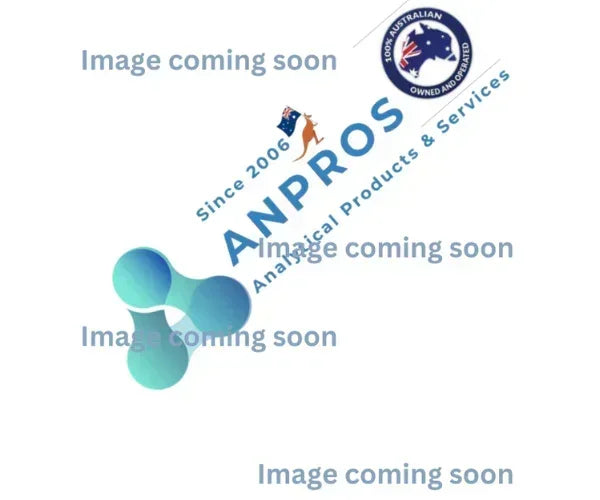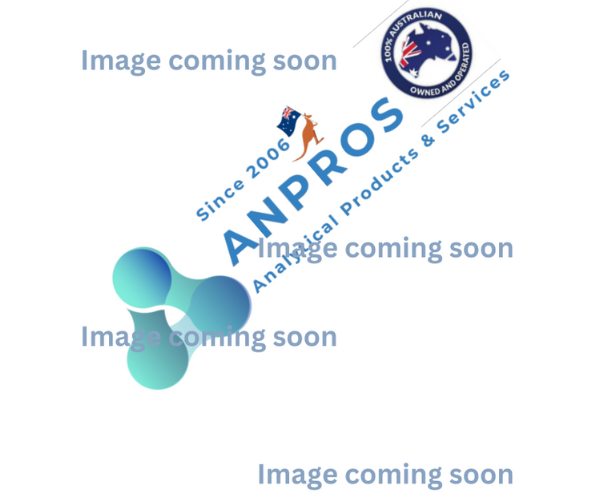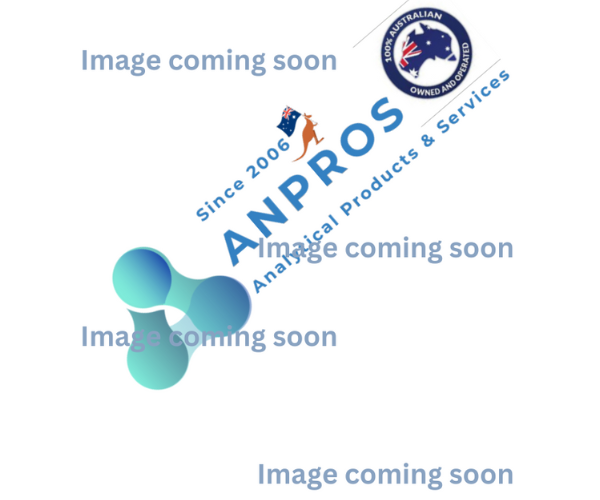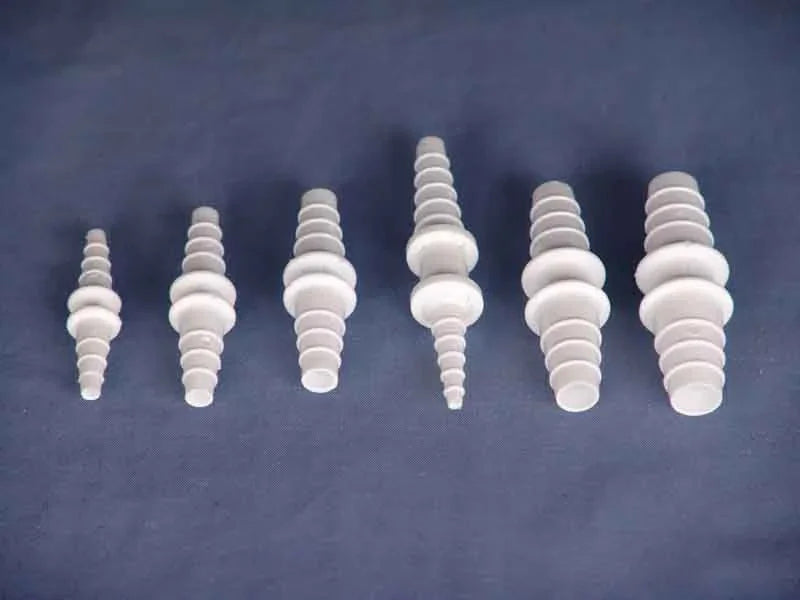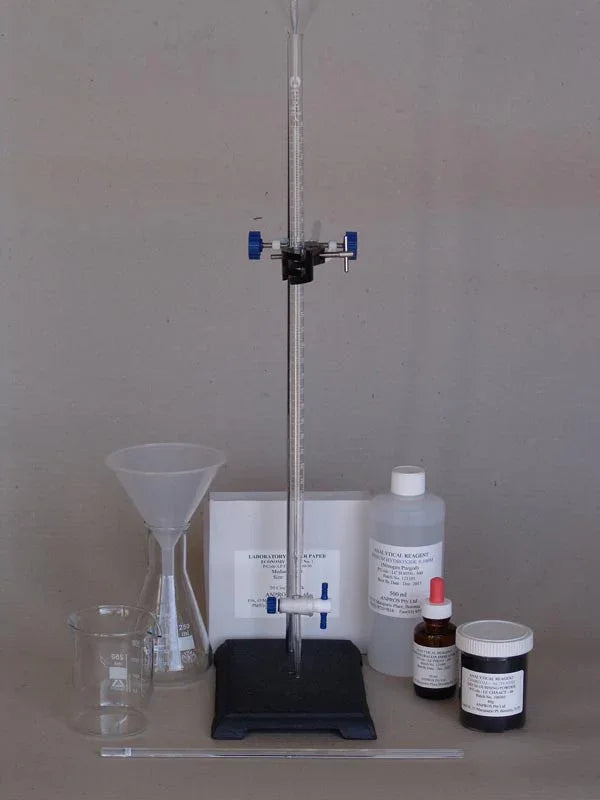

Economy Test For Titratable Acidity (TA) Test Kit No-2
Economy Test For Titratable Acidity (TA) Test Kit No-2 The Economy Test For Titratable Acidity (TA) Test Kit No-2 offers an affordable solution for winemakers to accurately determine the titratable acidity (TA) of red and white wines. This complete kit provides the necessary tools for precise and reliable acidity testing,...
Economy Test For Titratable Acidity (TA) Test Kit No-2
The Economy Test For Titratable Acidity (TA) Test Kit No-2 offers an affordable solution for winemakers to accurately determine the titratable acidity (TA) of red and white wines. This complete kit provides the necessary tools for precise and reliable acidity testing, making it an essential addition to any winemaking or quality control process.
Properties:
- Retort Stand (Economy): 200 x 120mm base with a 60cm rod for supporting burettes during titration.
- Standard Bosshead & Heavy Duty 4-Prong Clamp: Ensures the burette remains securely in place during the titration process.
- 25ml Burette, Class B: Standard bore for accurate measurement of sodium hydroxide during titration.
- Phenolphthalein Indicator (1%): 50ml to detect the titration endpoint with a clear color change.
- Sodium Hydroxide (0.10M): 500ml for titrating wine samples.
- Activated Charcoal: 40g for clarifying red wine samples before titration.
- Economy Filter Paper (No.1): 150mm diameter for efficient filtration.
Method – Red Wine:
- Pour 50ml of red wine into a 250ml glass beaker and add 1 teaspoon of activated carbon. Mix thoroughly and let it stand for 5-10 minutes.
- Fold a No.1 filter paper (150mm) into quarters and place it in a 100mm filter funnel located in a 250ml Erlenmeyer flask.
- Pour the carbon/red wine mixture into the filter funnel. If the filtered wine is still red or pink, pass it through the filter paper again until it becomes clear.
- Using a 10ml volumetric pipette, add 10ml of the clear, filtered wine to a 250ml Erlenmeyer flask, along with approximately 30ml of distilled water.
- Add 3 drops of phenolphthalein indicator to the flask.
- Fill the burette with 0.10M sodium hydroxide and note the initial volume. Slowly add the sodium hydroxide from the burette into the flask, stirring gently.
- The phenolphthalein will turn pink/purple. The titration endpoint is reached when a single drop of sodium hydroxide turns the solution a faint, permanent pink/purple color that lasts for about 45 seconds.
- Note the final volume of sodium hydroxide in the burette. Subtract the initial volume from the final volume to calculate the amount of sodium hydroxide used.
- Formula for TA Calculation: TA (g/L of tartaric acid) = (Final volume – Initial volume) x 0.75
Method – White Wine:
- Proceed from Step 4 in the red wine method. Clarification with activated charcoal is not necessary for white wine.
Storage:
- Store the sodium hydroxide and phenolphthalein indicator in a cool, dry place, away from direct sunlight.
- Keep glassware and other components clean and dry after use to maintain accuracy and longevity.
Safety Measures:
- Wear appropriate protective equipment, such as gloves and goggles, when handling sodium hydroxide and phenolphthalein indicator.
- Follow proper disposal methods for chemical solutions and filter paper after use.






